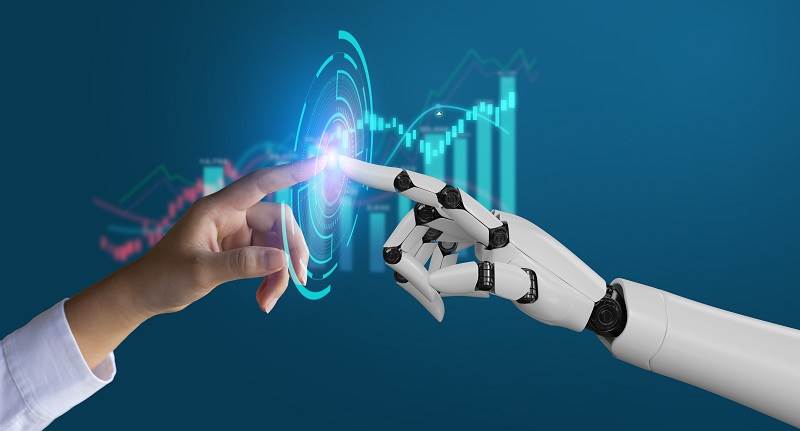
Automation in IT offers numerous benefits that enhance efficiency, productivity, and reliability with some key advantages: Increased efficiency, enhanced productivity, improved accuracy, cost savings, scalability and flexibility, and improved security.
So how does something like Robotic Process Automation fit into this paradigm?
Robotic Process Automation, or RPA, is a rapidly evolving technology that has the potential to revolutionize the way businesses operate. RPA is a software-based technology that automates repetitive, mundane, and rule-based tasks performed by humans, thereby freeing up human resources to focus on more value-added activities.
Let’s answer some basic questions about RPA.
What is RPA?
RPA refers to software tools that automate repetitive, rules-based tasks that are typically performed by humans. RPA software operates on structured data such as spreadsheets, databases, and legacy systems, and can mimic human actions such as mouse clicks, keyboard strokes, and data entry.
RPA can automate a wide range of tasks, including data entry, data processing, customer service, finance and accounting, HR, and IT. RPA can work 24/7 without the need for breaks, and can complete tasks in a fraction of the time it would take a human to perform the same task.
How does RPA work?
RPA software operates by interacting with other software applications and systems through a user interface, just as a human would. RPA software can read and interpret data from screens, manipulate data, trigger responses, and communicate with other systems. RPA software can also integrate with other technologies such as artificial intelligence (AI) and machine learning (ML) to enhance its capabilities.
RPA software can be programmed to perform tasks based on a set of rules or conditions, or it can learn from past interactions to improve its performance. RPA software can also be configured to handle exceptions and errors, reducing the need for human intervention.
What are the benefits of RPA?
First and foremost, RPA can save time and money by automating repetitive tasks that are typically performed by humans. This can free up human resources to focus on more value-added activities, such as strategic planning, innovation, and customer service.
RPA can also improve accuracy and consistency by eliminating human error and reducing the risk of manual data entry errors. RPA can operate 24/7, improving the speed of operations and reducing the time required to complete tasks.
RPA can also improve compliance by ensuring that processes are performed consistently and in accordance with regulations and policies. RPA software can also provide audit trails and documentation, making it easier to track and report on processes.
What is the potential impact of RPA on the future of work?
The potential impact of RPA on the future of work is significant. RPA can automate many of the routine, mundane tasks that are typically performed by humans, reducing the need for low-skilled labor.
RPA can create new job opportunities in areas such as RPA development, process design, and process optimization. RPA can also enhance the skills of existing employees by freeing up time for training and development.
In conclusion, RPA is a rapidly evolving technology that has the potential to revolutionize the way businesses operate. RPA can save time and money, improve accuracy and consistency, and enhance compliance. However, the potential impact of RPA on the future of work is significant, and it is important for organizations to carefully consider the potential implications of adopting RPA.
Want to know more? Just contact us.
About the author
Larry Gant is the Director of Software Sales with LRS IT Solutions. He has over 30 years experience in Information Technology and software solutions, with a focus on automation, analytics, and security.